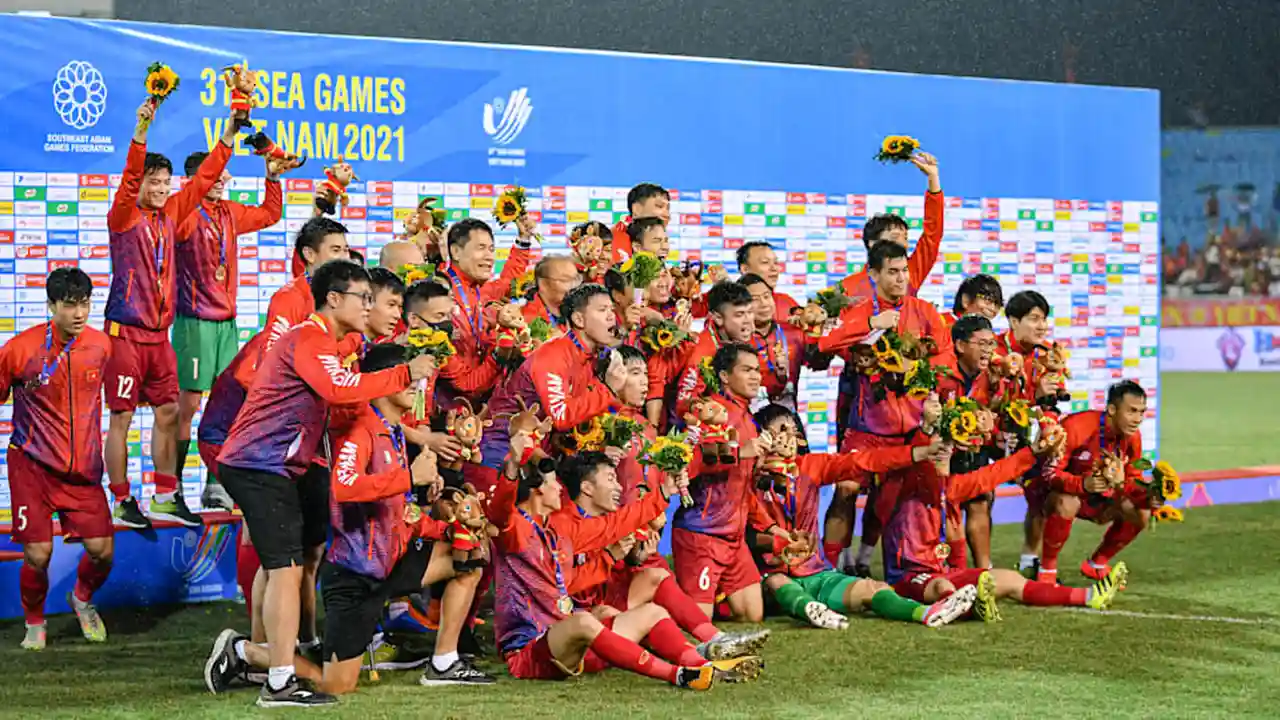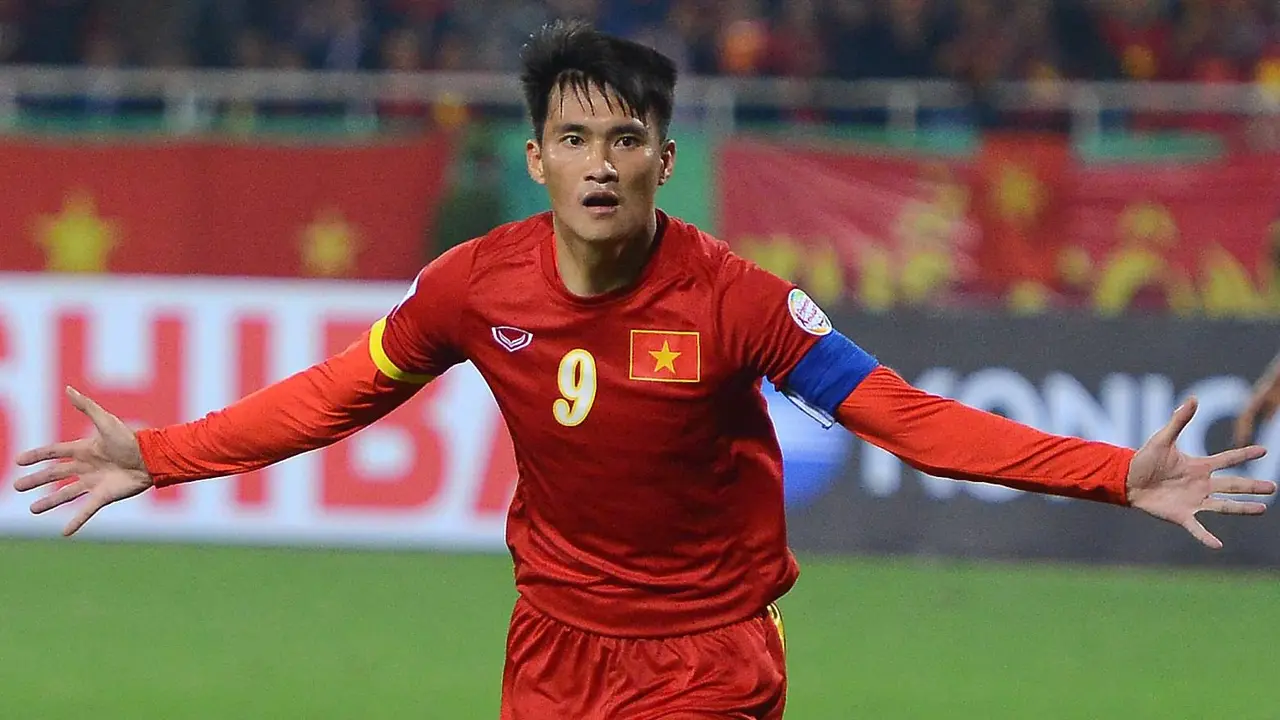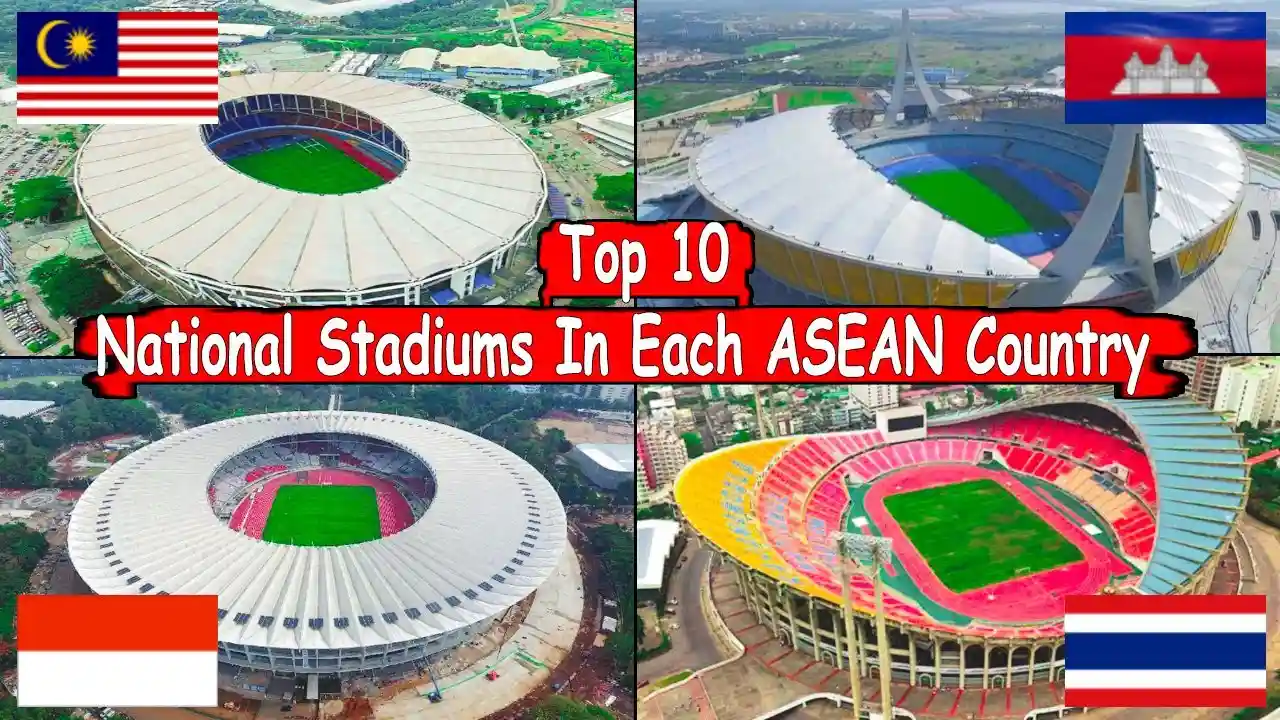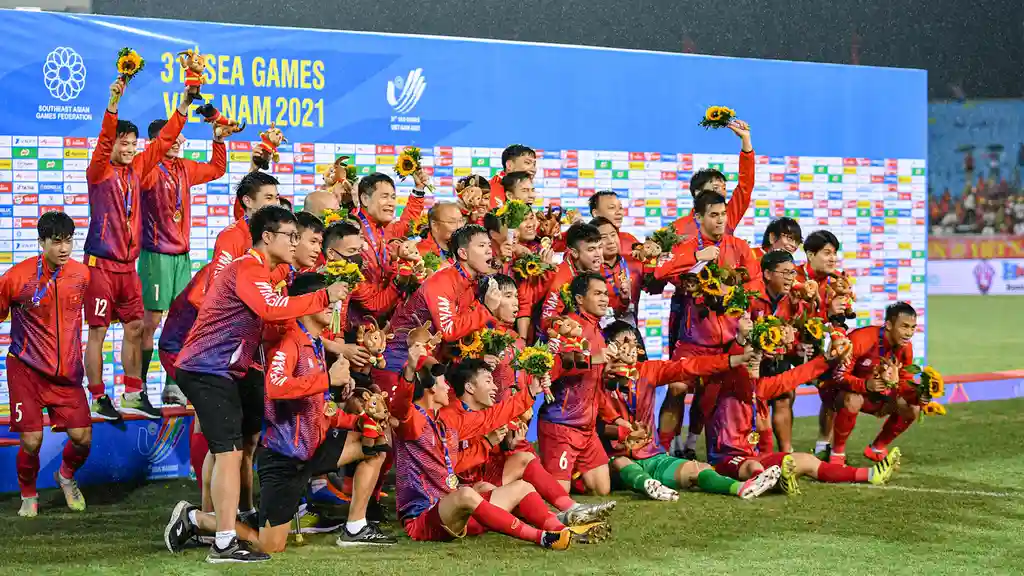7 Challenges Facing Southeast Asian Soccer Development
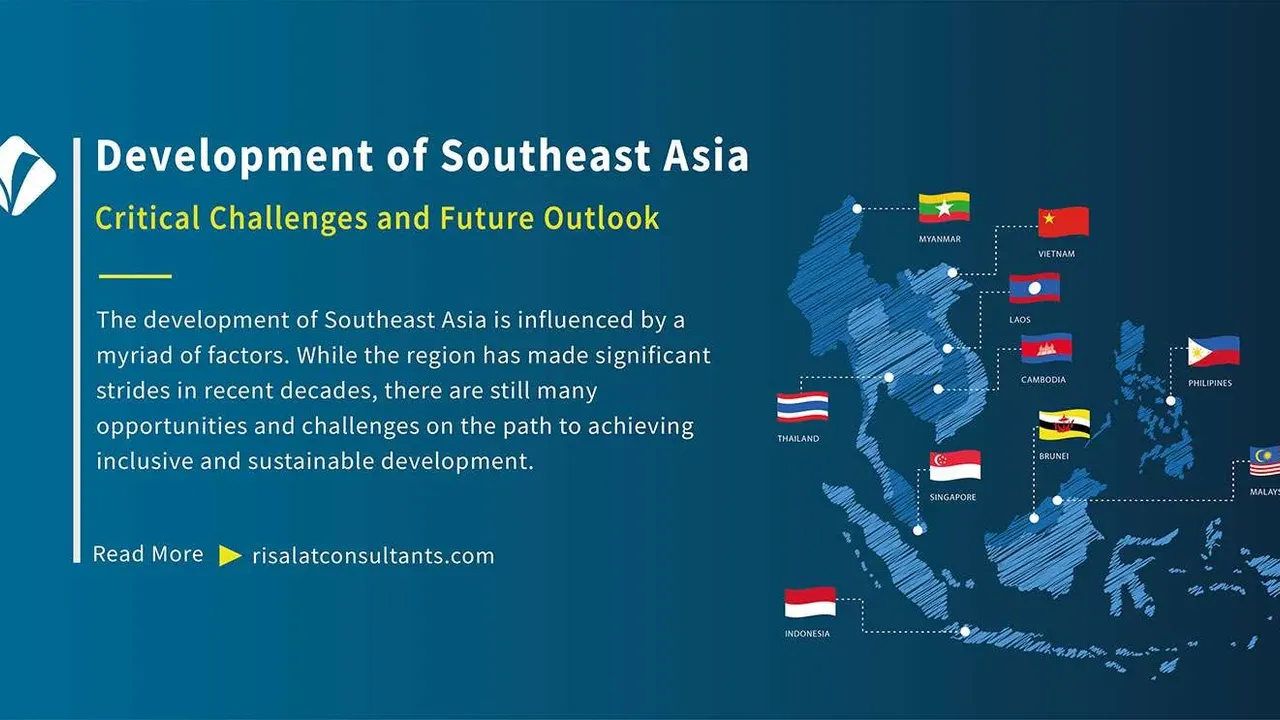
Infrastructure Deficiencies Hampering Soccer Growth in Southeast Asia
Okay, let's dive into the first big hurdle: infrastructure. Think about it – you can't expect world-class players to emerge from sub-par facilities. We're talking about fields that are more dirt than grass, outdated training equipment, and a general lack of investment in the basics. It's like trying to build a skyscraper on a shaky foundation. This isn't just about aesthetics; it directly impacts player development, training quality, and the overall appeal of the sport. We need better stadiums, improved training grounds, and more accessible facilities for grassroots programs. Without this, Southeast Asian soccer is always going to be playing catch-up.
The Talent Drain: Southeast Asian Players Seeking Opportunities Abroad
Next up, we've got the talent drain. Hear me out: Our best players often end up leaving for leagues in Europe, Japan, or even Australia. While it's fantastic that they're getting exposure and earning better money, it leaves a void in the domestic leagues. It's a double-edged sword. How do we keep our stars at home? We need to make our leagues more competitive, offer better salaries, and create a more attractive environment for players to stay and develop within Southeast Asia. This isn't about preventing players from pursuing their dreams, but about building a strong foundation at home so those dreams can also be realized here.
Corruption and Match-Fixing Undermining Southeast Asian Soccer's Integrity
Let's not sugarcoat it: corruption and match-fixing are a serious problem in some Southeast Asian leagues. It's a cancer that eats away at the integrity of the sport, discouraging fans, sponsors, and ultimately, players. When results are predetermined, and fairness is compromised, the whole system suffers. Stronger governance, stricter regulations, and a zero-tolerance policy are crucial to cleaning up the game. Transparency and accountability are key to restoring trust and creating a level playing field for everyone.
Lack of Professionalism in Southeast Asian Soccer League Management
Professionalism is key, and in some areas, it's lacking. We're talking about things like inconsistent refereeing, poor marketing and promotion of leagues, and a general lack of business acumen in running clubs. These things might seem small, but they add up. Better management leads to better revenue, which leads to better players, which leads to a more exciting product for fans. It's a virtuous cycle that needs to be nurtured. We need to invest in training for administrators, improve marketing strategies, and create a more professional environment for all stakeholders.
Limited Investment in Youth Development Programs for Southeast Asian Soccer
Youth development is the future. If we want to compete on the world stage, we need to invest in our young players. This means creating academies, providing quality coaching, and giving young talent opportunities to play and develop. It's not enough to just throw a ball out there and hope for the best. We need structured programs, qualified coaches, and a long-term vision. Think about countries like Germany or Spain – they invest heavily in youth development, and it pays off in the long run. We need to adopt a similar approach in Southeast Asia.
Cultural Barriers and Social Norms Affecting Southeast Asian Soccer Participation
Culture plays a big role. In some Southeast Asian countries, soccer isn't as popular as other sports, or there might be social norms that discourage certain groups from participating. We need to break down these barriers and make soccer accessible to everyone, regardless of their background or gender. This means promoting the sport in schools, creating community programs, and celebrating the diversity of our players. It's about creating a welcoming and inclusive environment for everyone who wants to play.
Financial Constraints Hindering Southeast Asian Soccer's Growth and Development
Money talks, and financial constraints are a major obstacle. Many clubs struggle to attract sponsors, pay players decent wages, or invest in infrastructure. This creates a vicious cycle of underperformance and lack of investment. We need to find creative ways to generate revenue, attract sponsors, and create a more sustainable financial model for clubs. This could involve exploring new marketing opportunities, developing innovative sponsorship packages, or even seeking government support.
Gear Up: Recommended Soccer Equipment for Southeast Asian Players
Alright, let's talk gear! Having the right equipment can make a real difference, especially when training in the Southeast Asian climate. Here are a few recommendations, covering different budgets and needs:
Soccer Cleats: Nike Mercurial vs. Adidas Predator - Comfort and Performance Compared
For cleats, the Nike Mercurial (around $250 USD) are a top choice for speed and agility. They're lightweight and designed for quick movements, making them ideal for attacking players. The Adidas Predator (around $220 USD) are known for their control and power. They offer excellent grip and are great for midfielders and defenders who need to make accurate passes and tackles. A good alternative for beginners is the Puma Future (around $150 USD) which offers excellent value for money. Consider the playing surface when choosing cleats. Firm ground (FG) cleats are best for natural grass, while artificial ground (AG) cleats are designed for synthetic surfaces. Always check the soleplate before purchasing.
Soccer Balls: Select Brillant Super vs. Mitre Impel - Durability and Value for Money
A quality soccer ball is essential. The Select Brillant Super (around $80 USD) is a FIFA-approved ball known for its durability and consistent performance. It's a great option for training and matches. A more budget-friendly option is the Mitre Impel (around $30 USD), which is still a decent ball for recreational use. Make sure to choose the right size ball for your age group. Size 5 is the standard for adults, while size 4 is typically used for younger players. Look for balls with good air retention and a durable outer casing.
Training Apparel: Adidas Tiro vs. Nike Dry-FIT - Staying Cool in the Southeast Asian Heat
In the Southeast Asian heat, breathable training apparel is crucial. The Adidas Tiro training range (around $50 USD per set) is made from lightweight, moisture-wicking fabric that will keep you cool and comfortable. The Nike Dry-FIT range (around $60 USD per set) is another excellent option. Look for apparel with mesh panels for added ventilation. Don't forget to wear sunscreen and a hat to protect yourself from the sun.
Shin Guards: Nike Mercurial Lite vs. Adidas Predator Match - Protection and Comfort on the Field
Shin guards are a must for protection. The Nike Mercurial Lite (around $30 USD) are lightweight and offer excellent impact protection. The Adidas Predator Match (around $40 USD) provide a bit more coverage and are a good option for players who want extra protection. Make sure the shin guards fit properly and are secured with socks or tape. Look for shin guards that are CE approved, meaning they meet European safety standards.
Hydration: CamelBak Podium Chill vs. Hydro Flask - Staying Hydrated During Training
Staying hydrated is essential, especially in the Southeast Asian climate. The CamelBak Podium Chill (around $20 USD) is a great insulated water bottle that will keep your drinks cold for hours. The Hydro Flask (around $35 USD) is another excellent option, known for its durability and temperature retention. Drink plenty of water before, during, and after training. Consider adding electrolytes to your water to help replenish lost minerals.
:max_bytes(150000):strip_icc()/277019-baked-pork-chops-with-cream-of-mushroom-soup-DDMFS-beauty-4x3-BG-7505-5762b731cf30447d9cbbbbbf387beafa.jpg)



